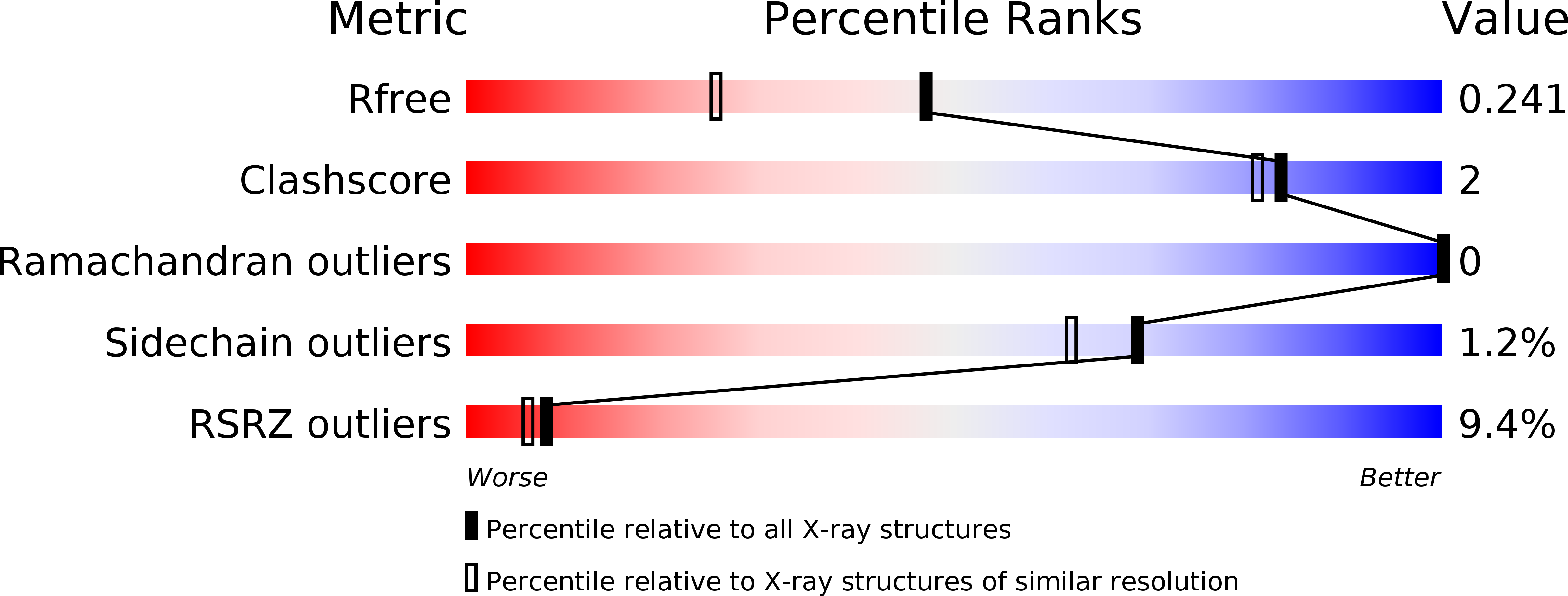
Deposition Date
2019-09-25
Release Date
2019-10-16
Last Version Date
2023-11-22
Entry Detail
PDB ID:
6KZU
Keywords:
Title:
Macrocyclization of an all-D linear peptide improves target affinity and imparts cellular activity: A novel stapled alpha-helical peptide modality
Biological Source:
Source Organism:
Homo sapiens (Taxon ID: 9606)
Phage 13 (Taxon ID: 12424)
Phage 13 (Taxon ID: 12424)
Host Organism:
Method Details:
Experimental Method:
Resolution:
1.79 Å
R-Value Free:
0.23
R-Value Work:
0.19
R-Value Observed:
0.20
Space Group:
P 61 2 2


